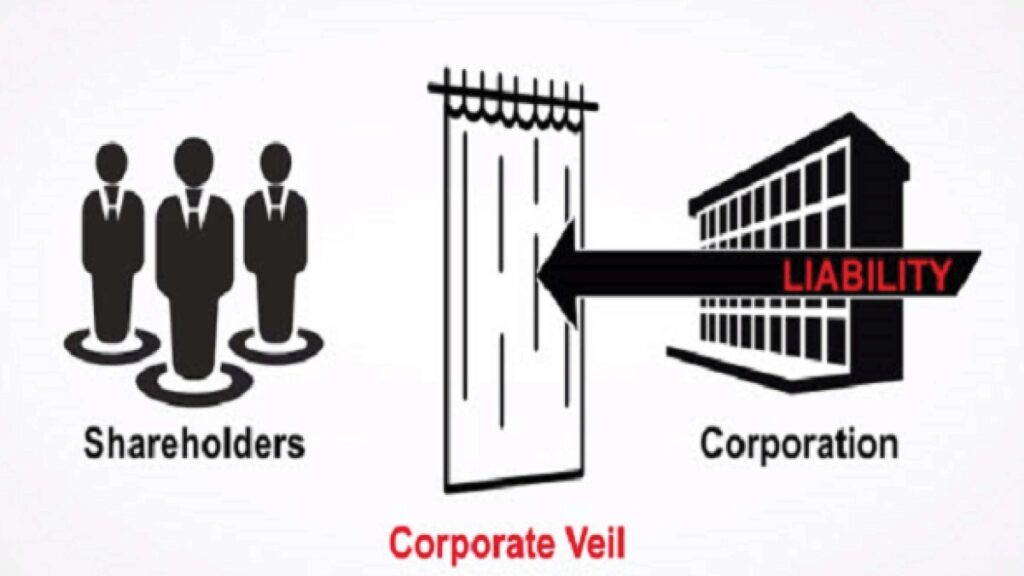Evolving Corporate Accountability: Human Rights and Legal Trends in India and Beyond
Introduction In today’s globalized economy, corporations wield considerable influence, making them central actors in the protection or violation of human rights. Historically, the responsibility for safeguarding human rights lay predominantly with governments. However, the rise of multinational corporations and complex global supply chains has shifted some of this responsibility to the private sector. This article explores the evolving landscape of corporate liability for human rights violations, with a focus on recent legal developments, key case laws, and the specific context within India. Legal Framework for Corporate Liability The global framework for corporate liability in human rights violations has expanded significantly over recent years. The UN Guiding Principles on Business and Human Rights (UNGPs) , adopted in 2011, are pivotal in this context. These principles stipulate that businesses have a responsibility to respect human rights, conduct due diligence to prevent abuses, and provide remedies when violations occur. In the United States, the Alien Tort Statute (ATS) has been a key instrument for holding corporations accountable for human rights violations committed abroad. However, its scope was significantly narrowed by the U.S. Supreme Court in Kiobel v. Royal Dutch Petroleum (2013) , which restricted the extraterritorial application of the statute. The European Union has also taken significant steps, particularly with the introduction of mandatory Human Rights Due Diligence (HRDD) laws. For example, the French Duty of Vigilance Law (2017) and Germany’s Supply Chain Due Diligence Act (2021) require companies to identify and mitigate human rights risks in their supply chains. The Indian Context India, as a major global economic player, has seen its own legal landscape evolve concerning corporate liability for human rights violations. The Indian Constitution lays the foundation for human rights protection, particularly through the Fundamental Rights and Directive Principles of State Policy, which indirectly impose obligations on corporations. The Companies Act, 2013, particularly its on Corporate Social Responsibility (CSR) , is a cornerstone of India’s approach to corporate accountability. Section 135 of the Act mandates that companies meeting certain financial thresholds must spend at least 2% of their average net profits on CSR activities. While CSR initiatives are broad, they increasingly include efforts to address human rights issues, particularly in industries prone to such violations. provisions In 2019, India introduced the National Guidelines on Responsible Business Conduct (NGRBC) , which align with the UNGPs. These guidelines encourage businesses to respect human rights, conduct due diligence, and provide remedies for violations. Although not legally binding, the NGRBC reflects India’s growing emphasis on corporate responsibility for human rights. Recent Amendments and Case Laws in India India’s legal landscape has seen several significant developments in recent years, further underscoring corporate liability for human rights violations. The Consumer Protection Act, 2019 , introduced provisions that indirectly impact corporate liability, particularly concerning product safety and consumer rights. This Act empowers consumers and NGOs to take legal action against companies that violate safety standards, potentially broadening the scope of corporate accountability. Key cases in India have also shaped this evolving landscape: Sterlite Industries Case (2018) : The closure of the Sterlite copper plant in Tamil Nadu, ordered by the Tamil Nadu Pollution Control Board, highlighted corporate liability for environmental violations that adversely affect human rights. This case underscored how environmental damage can lead to significant corporate accountability, especially when public health is at risk. Endosulfan Case (2011-ongoing) : The Supreme Court of India banned the production and sale of endosulfan, a pesticide linked to severe health issues in Kerala. This ongoing case exemplifies corporate liability for violations impacting the right to health and a safe environment. Vedanta Resources PLC v. Lungowe (2019) : Although this case was adjudicated in the UK, it involved Indian plaintiffs from Zambia and highlighted the potential for Indian companies to face extraterritorial human rights litigation. The UK Supreme Court allowed Zambian villagers to sue Vedanta, a UK-based company, in English courts for environmental damage caused by its subsidiary. This case serves as a reminder of the global reach of corporate liability. Challenges in Enforcing Corporate Liability Despite these developments, several challenges persist in holding corporations accountable for human rights violations in India: Jurisdictional Issues: Indian courts often face difficulties in asserting jurisdiction over multinational corporations, particularly when the parent company is based abroad. This challenge was evident in the Bhopal Gas Tragedy , where the U.S.-based parent company, Union Carbide, proved difficult to hold accountable. Regulatory Gaps and Enforcement : India has a robust legal framework, but enforcement is often inconsistent due to issues such as corruption, bureaucratic inefficiency, and a lack of resources. Access to Justice : Victims, especially from marginalized communities, frequently encounter barriers in accessing justice, including high legal costs and delays in the judicial process. Emerging Trends and Future Outlook As India continues to integrate into the global economy, pressure on Indian corporations to adhere to international human rights standards is expected to increase. The introduction of mandatory Human Rights Due Diligence (HRDD) laws, similar to those in Europe, could be on the horizon, driven by both domestic demand for corporate accountability and international trade requirements. Additionally, Environmental, Social, and Governance (ESG) criteria are becoming increasingly important for Indian companies, particularly those seeking international investment. ESG compliance is likely to become a critical factor in determining corporate liability for human rights violations in the future. Conclusion Corporate liability for human rights violations is a rapidly evolving area of law, both globally and in India. Recent amendments, case laws, and the expanding legal framework reflect a growing trend towards holding corporations accountable for their impact on human rights. However, significant challenges remain in enforcement and access to justice. As India continues to develop its legal and regulatory landscape, corporations must proactively adopt human rights due diligence practices to mitigate risks and avoid potential liabilities. The future of corporate liability in India will be shaped by a combination of domestic legal reforms and international pressures, …
Evolving Corporate Accountability: Human Rights and Legal Trends in India and Beyond Read More »


